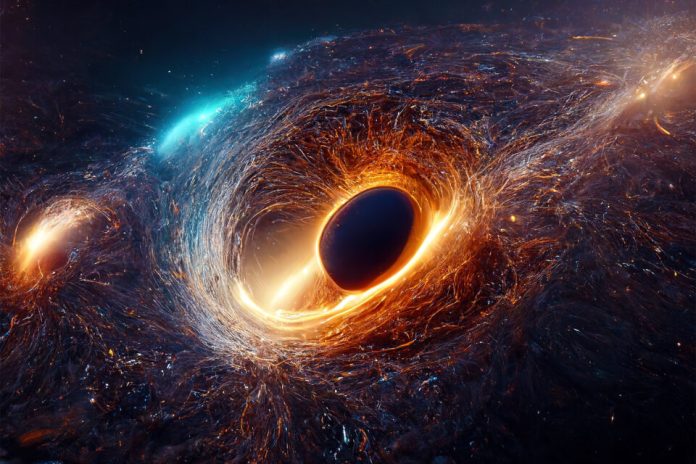New, highly detailed observations of the gas dynamics around a supermassive black hole have provided crucial insights into its feeding habits and the fate of the matter it draws in. Researchers, led by Takuma Izumi from the National Astronomical Observatory of Japan, employed the Atacama Large Millimeter/submillimeter Array (ALMA) to study a supermassive black hole in the Circinus Galaxy, situated 14 million light-years away. Their observations unveiled that merely a small fraction, approximately 3 percent, of the gas flowing toward the black hole is consumed, while the majority is expelled and subsequently recycled back into the host galaxy.
The phenomenon of matter being drawn into black holes without complete absorption has long been a subject of interest, but quantifying the precise ratio of material ingested versus material expelled has proven challenging. The team leveraged ALMA’s high resolution to measure the inflow and outflow of gas within a few light-years around the active black hole, marking a global first in such precision.
By examining the flows of gas in various states, including molecular, atomic, and plasma, the researchers determined that the overall efficiency of black hole feeding is remarkably low, at only around 3 percent. Their analysis also indicated that gravitational instability is the driving force behind the inflow. Furthermore, the study revealed that the majority of the expelled outflows lack the velocity to escape the host galaxy; instead, they are rerouted back into the circumnuclear regions surrounding the black hole, where they gradually descend towards the black hole once more.
These findings shed new light on the intricacies of supermassive black hole feeding behavior, highlighting the significant role played by gravitational instability and the recycling of matter within the host galaxy’s vicinity.















